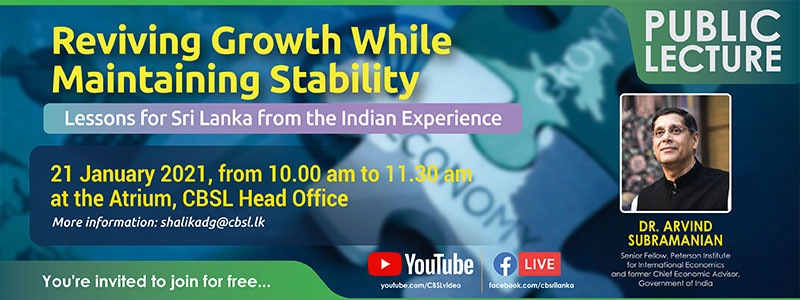Headline inflation, as measured by the year-on-year (Y-o-Y) change in the Colombo Consumer Price Index (CCPI, 2013=100) increased to 54.6% in June 2022 from 39.1% in May 2022. This increase in Y-o-Y inflation was driven by the monthly increases of both Food and Non-Food categories. Accordingly, Food inflation (Y-o-Y) increased to 80.1% in June 2022 from 57.4% in May 2022, while Non-Food inflation (Y-o-Y) increased to 42.4% in June 2022 from 30.6% in May 2022.

















